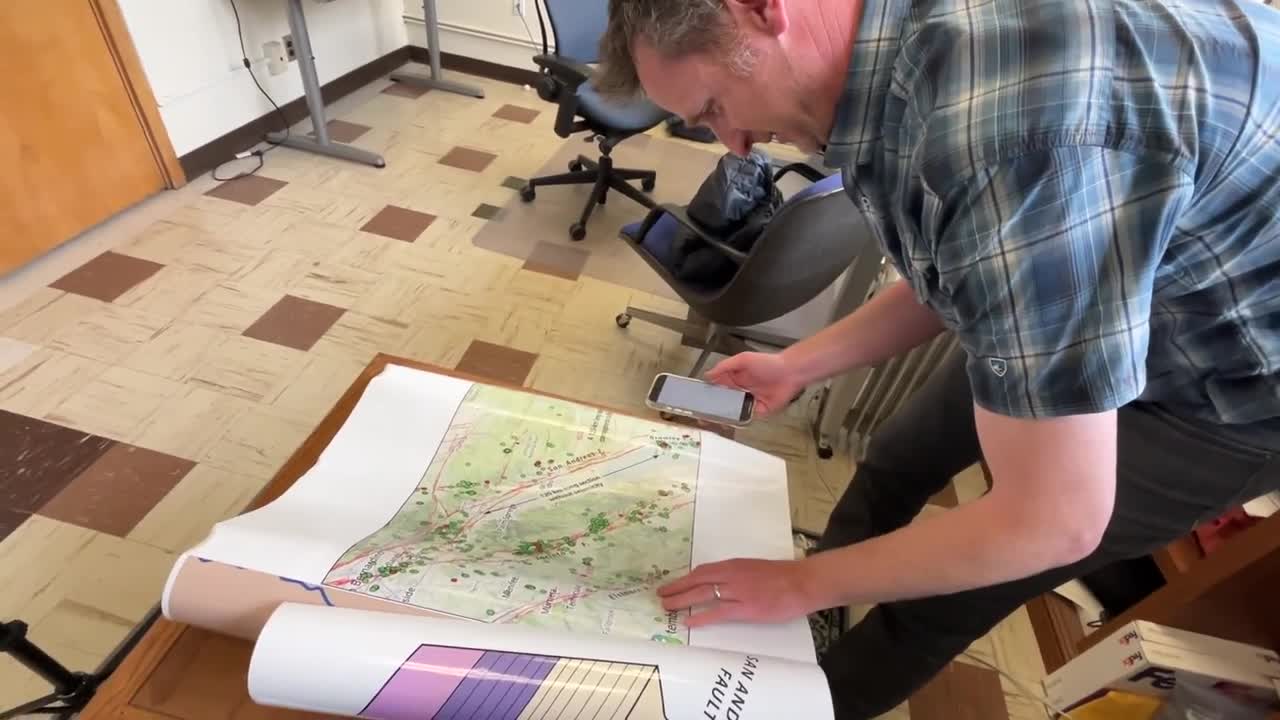Did you get a mobile ShakeAlert on Monday morning?
"If I don’t see buildings shaking, I really don’t care," Santa Barbara resident Bob Kickin said.
Kickin was one of many people who received a ShakeAlert on their phones Monday morning.
"I don’t know, there’s an earthquake somewhere, but I just didn’t really pay attention to it," said Santa Barbara tourist Meg Zucker.
ShakeAlerts are an early earthquake warning system managed by the U.S. Geological Survey, alerting people of seismic activity before shaking begins.
"I think it's a really great piece of technology, has the ability to save a lot of lives, but also I think it's really useful for things like really large commercial, industrial centers where maybe they need to shut off machinery or equipment or expensive computing, things like that," explained UCSB geology professor John Cottle.
Professor Cottle says the San Diego quake was on the Elsinore Fault, which runs between El Centro and San Diego.
"It doesn't make it way up to here. It stops south of the Los Angeles basin," Cottle said.
He adds that earthquakes in Santa Barbara County come from the San Andreas and Ventura faults, and a quake in San Diego won’t trigger seismic activity in our area, but the risk of medium earthquakes is always present.
"In California, you might expect something like 15 to 20 magnitude four or greater earthquakes every year. And so, when we see a 5.2, that's a little bit above average, but it's nothing out of the ordinary for California. So, I would encourage everyone to have an earthquake kit and get it ready and know what's in it. And be really ready to use if you need to," Cottle said.



